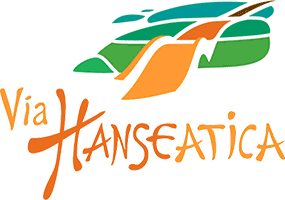From the XIII to XVI century, parts of Estonia and Latvia made up a unified country Livonia on the shores of the Baltic Sea, with geographical and economic ties, similar lifestyles and traditions. Although the borders of Livonia were erased from the global map long ago, the traditional cuisine of Latvians and Estonians is still basically made up of the same foods that our ancestors ate. We still bake bread in a bread oven, and we brew beer. Just like in olden times, we use the fruits of nature a lot - wild berries, mushrooms, fish and game. It turns out that it was specifically during the Livonian era that people in this part of the world first encountered pepper, ginger, cloves and cinnamon. The amount of Eastern spices in a dish depended on the wealth of noblemen in Hanseatic cities. Cuisine in Livonia was diverse.








